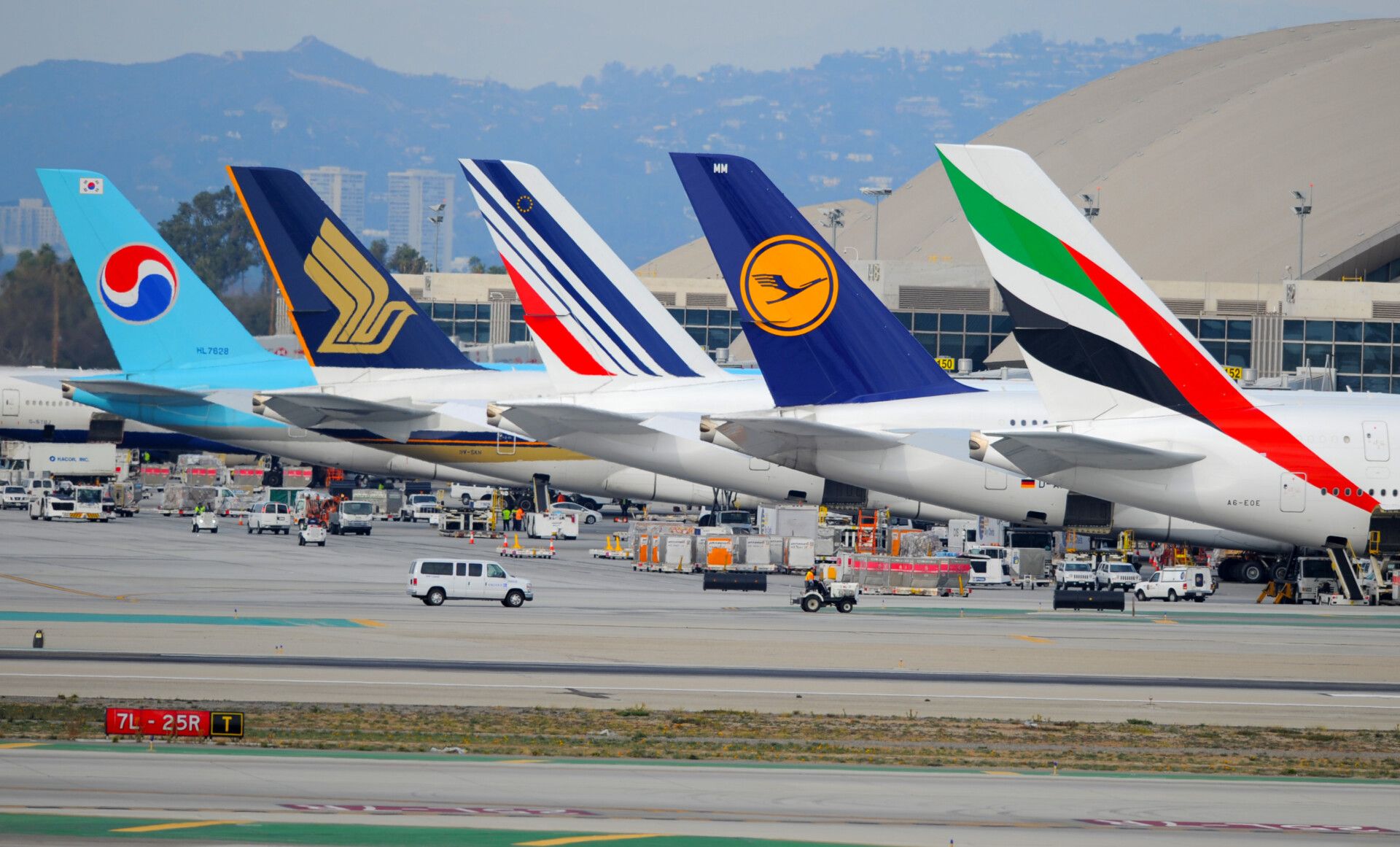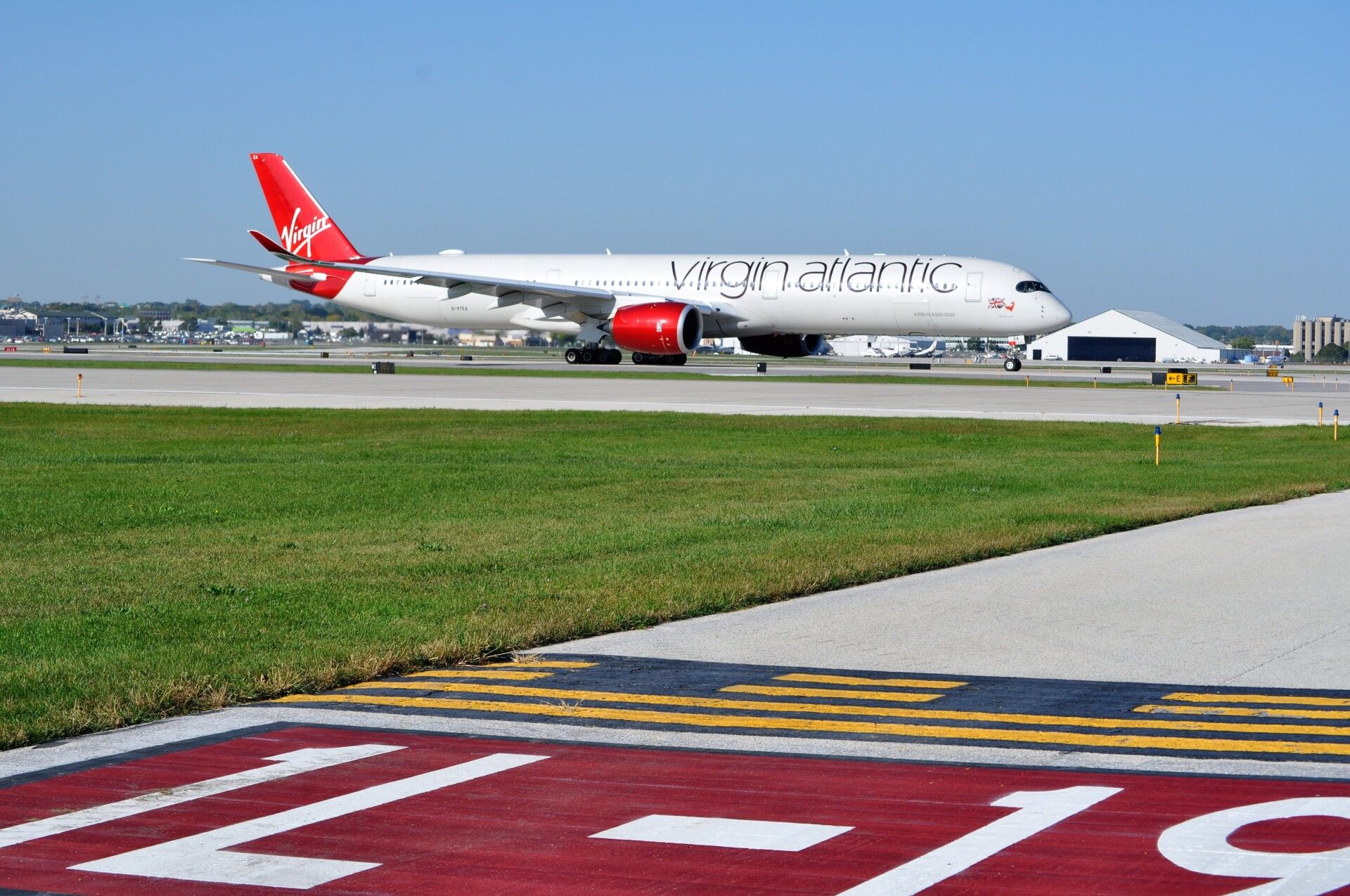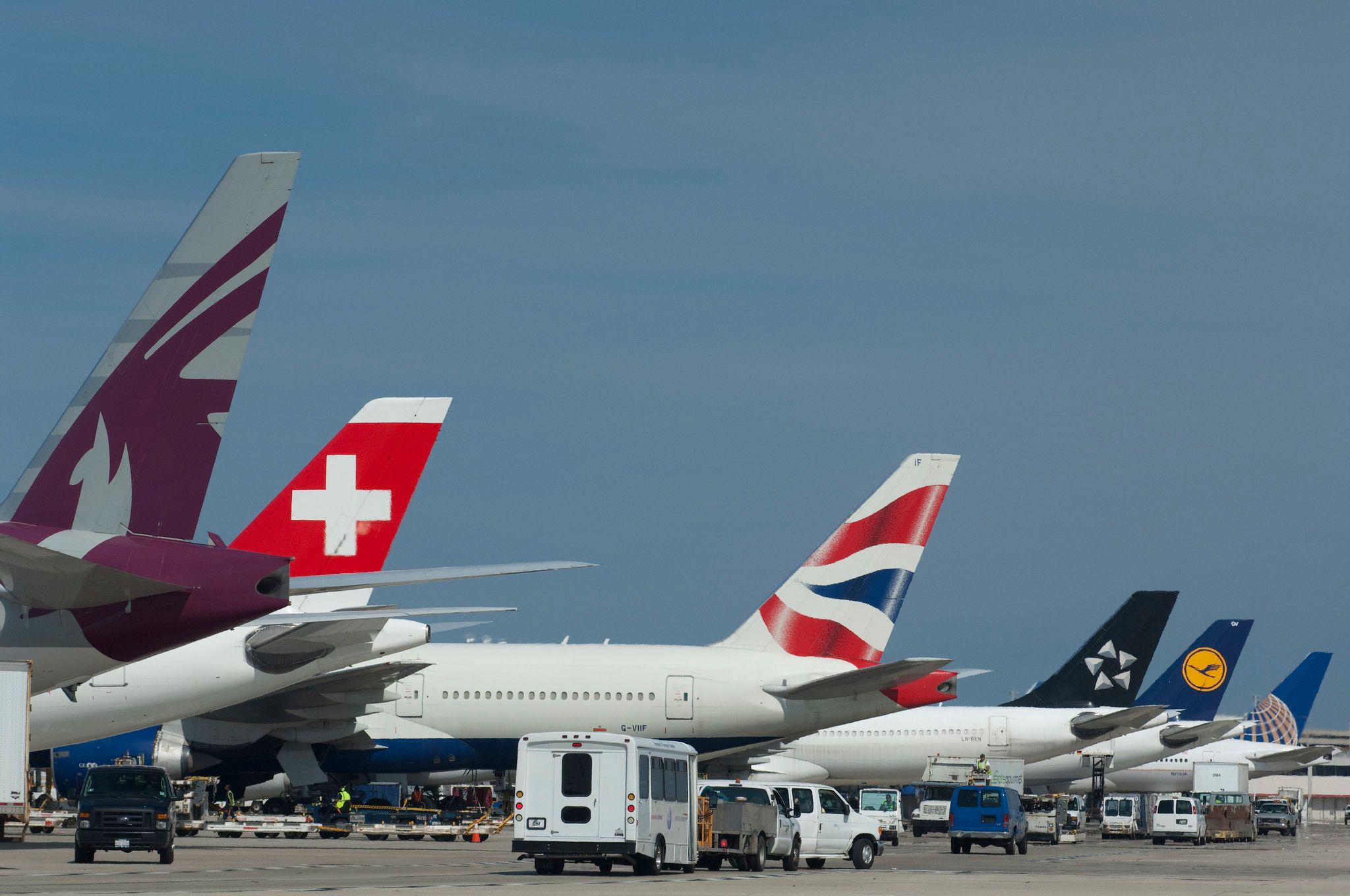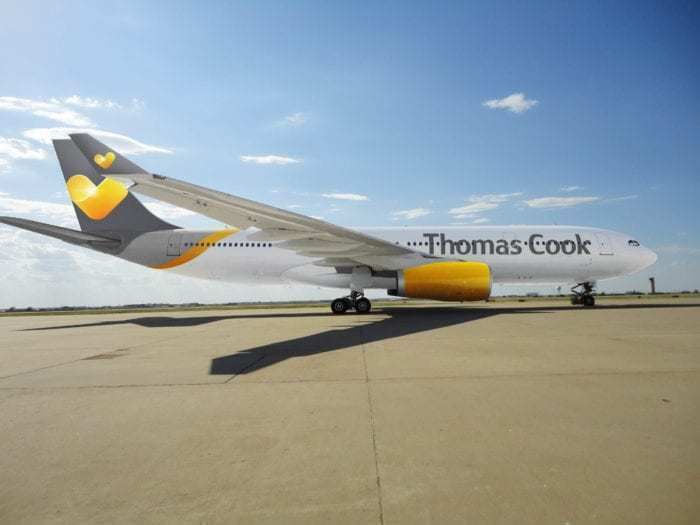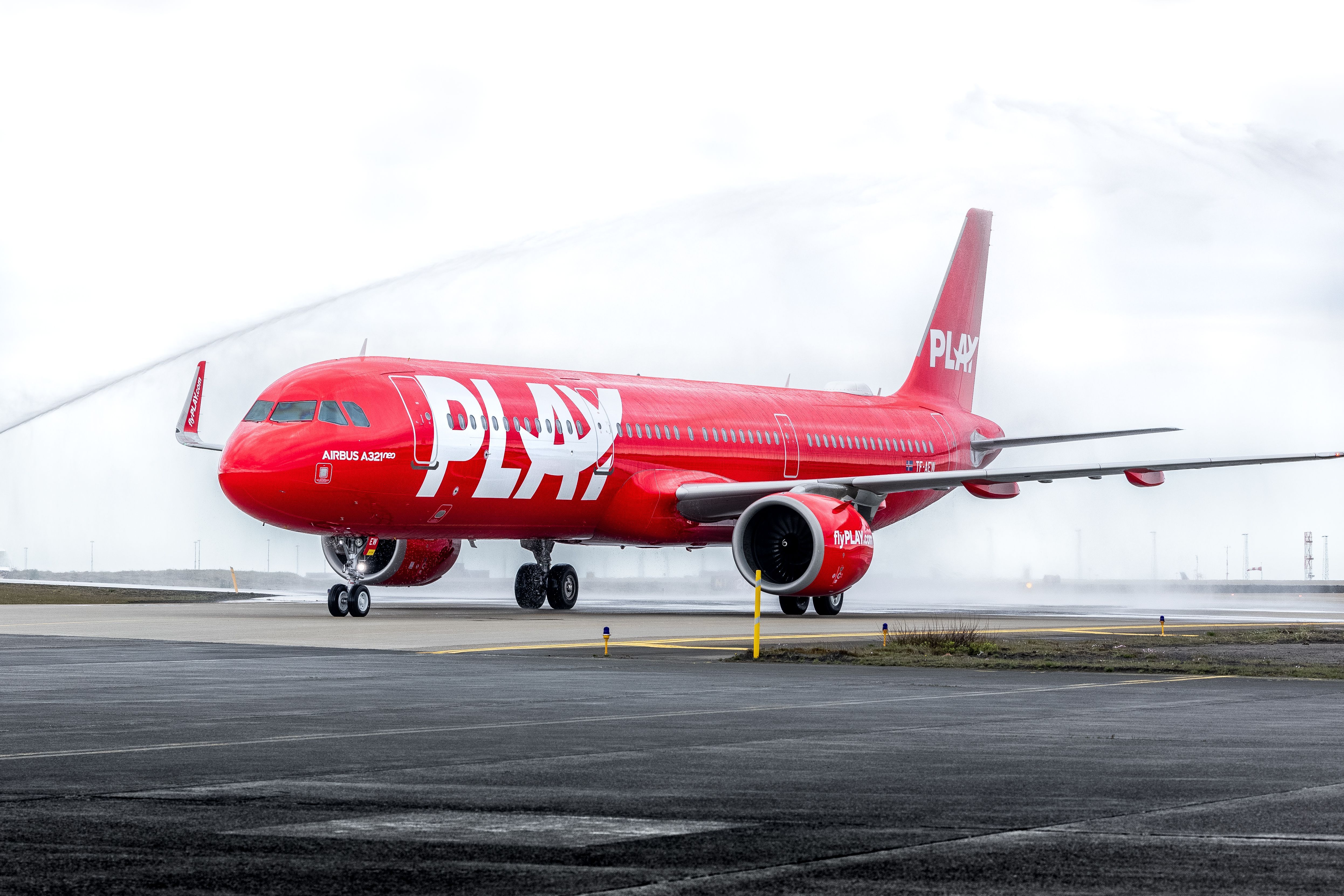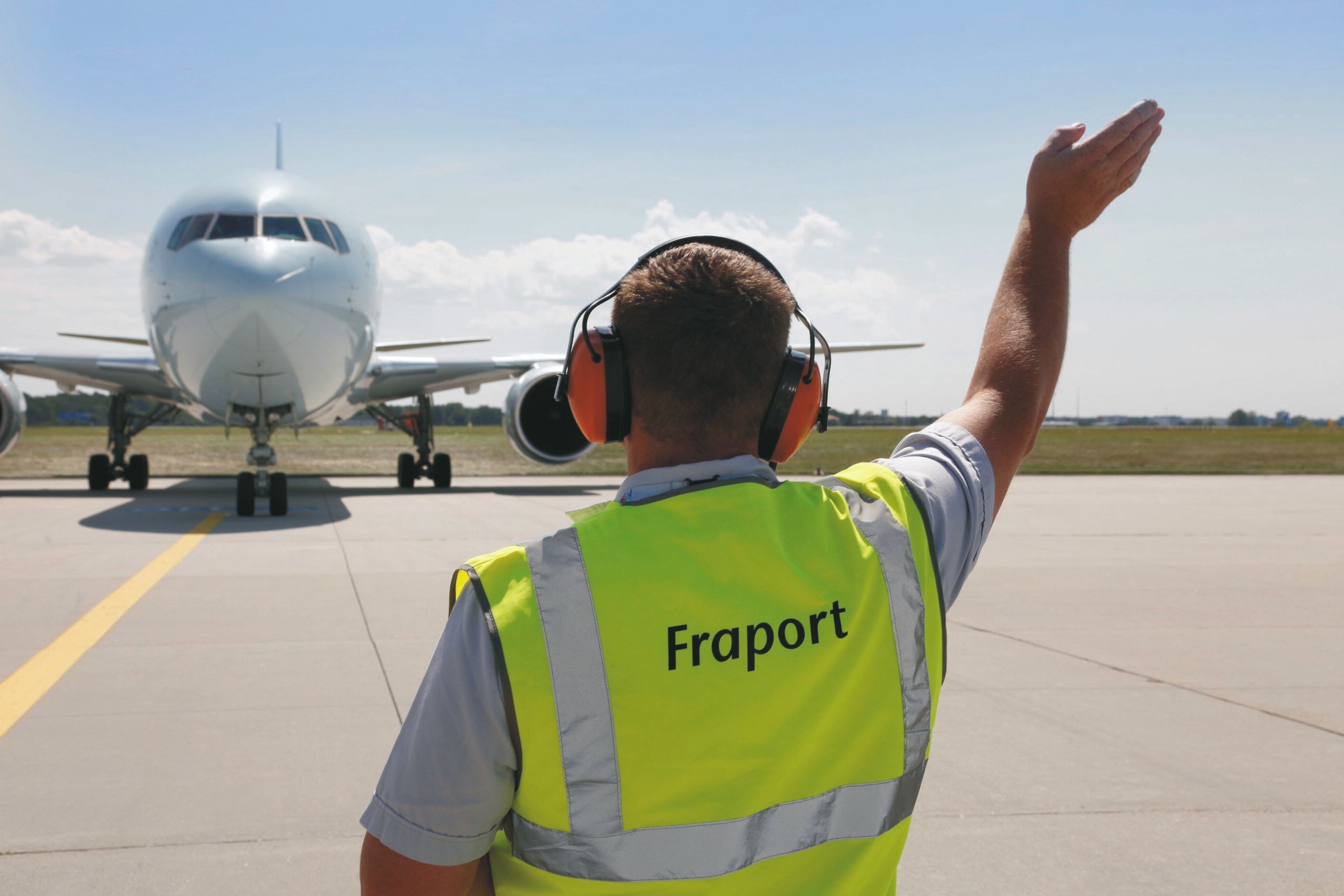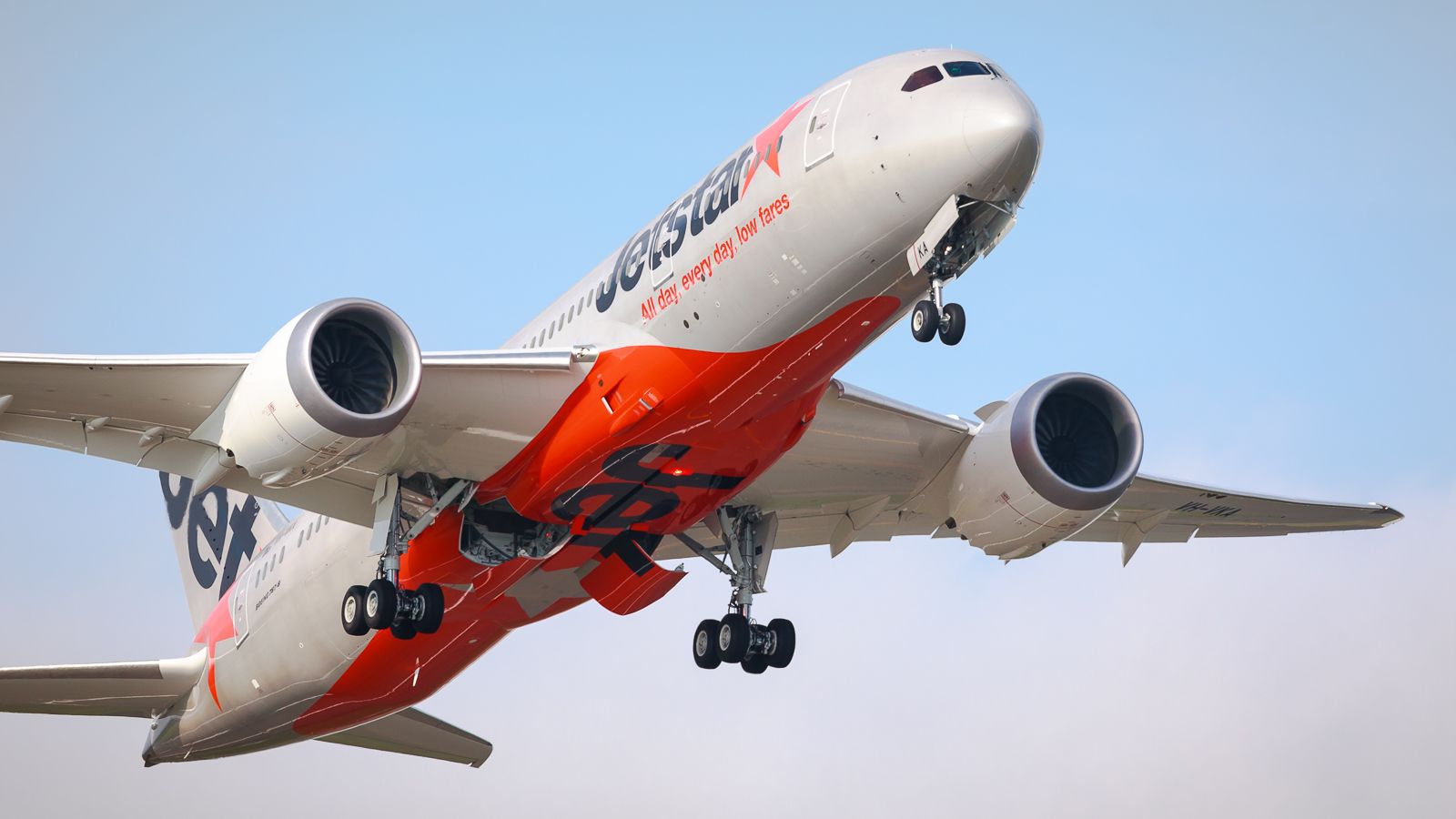At Simple Flying, we bring you news and insight regarding airlines from all four corners of the globe daily; updates regarding airlines that criss-cross the world carrying passengers and cargo alike. But have you ever stopped and wondered just what it takes to set up an airline successfully?
Welcome to the series that will aim to answer that specific question and many more. After all, starting an airline takes a great deal more than just getting a plane, covering it in a smart paint job, and declaring yourself open for business.
So sit back, relax, and enjoy this journey of discovery with Simple Flying. We recommend that you keep your seat belt loosely fastened, as we may well encounter some turbulence along the way.
Welcome aboard
"Good afternoon, ladies and gentlemen. Welcome onboard this [insert aircraft type] of [insert airline name]. We are delighted to have you onboard today for our flight to [insert destination]. Our route will take us over [insert details of route] and will take roughly [insert duration of flight]. Do sit back and relax and enjoy our inflight service, including [insert details of meal services], and we wish you a pleasant flight."
Those who fly regularly will be all too familiar with the type of announcement above. Similar announcements are made on thousands of passenger flights every single day. But who fills in the blanks? Who decides what aircraft type is flying and where it is headed? And, how are such decisions made? Most importantly, how did the airline on which you heard this announcement even come into being?
There is are simple, straightforward, or quick answers to any of these questions. The issue of how do you start an airline is a highly complex one. Indeed, there is not necessarily a right or wrong answer.
There is no textbook to refer to, nor is an airline going to tell you exactly how they come up with the answers to such questions for you to go and copy them. Yet, history has repeatedly shown that, regardless of the complexity of the challenge when considering whether and how to start an airline, there has been no shortage of individuals and companies ready to take on that challenge over the decades.
The journey ahead
In this series, over the coming weeks, we shall examine every step of the decision-making process taken by anyone wishing to start an airline. Similar to how pilots use checklists to ensure a safe flight is had by all onboard, we will run through the key issues point by point, building up an overview of the process.
The series comes with a robust health warning, however. This will not be a one-size-fits-all guide to starting an airline. Nor does it intend to be.
When reading this series, you should remember that every scenario generates unique issues and complications. Geography, political, social, and economic factors all play their part. It would be impossible to write a genuinely accurate guide for every possible scenario in which an airline may set up.
That said, there are aspects of the process that are generic, regardless of where you may be considering setting up an air carrier and whether that even be carrying passengers, freight, or a combination of both.
The series should give you an insight into how an airline forms, what the processes are that any startup airline will go through, and the myriad of obstacles and pitfalls that planning an airline operation can encounter, from concept to the inaugural flight.
With success, there also comes failure
It is often said that for every airline that successfully navigates this process and takes to the skies, hundreds remain just an idea, fanciful concepts, or even a collection of aviation-related words set out in some business plan saved on a computer hard drive.
People have been flying in powered aircraft for just 119 years. Yet, in that time, airlines have evolved from transporting just a single passenger and a mailbag across a country to airports the size of large cities handling airliners the size of small villages. And each of those aircraft requires a whole army of staff tasked with getting it back in the air, time and time again.
The process that leads to these events, all with a degree of military-style coordination, is as impressive to the bystander as it is challenging, frustrating, and undoubtedly insomnia-inducing for those who design it.
And yet there has never been a shortage of individuals or companies willing to give it a go. Even over the past two years, with a global health pandemic sweeping worldwide, new airlines have been born, with individuals and companies alike keen to have a try.
Motives behind starting an airline can vary hugely, from deep-pocketed individuals wanting a vanity project to a community project to serve rural or isolated communities for humanitarian reasons. And from serving an international trunk route between two major world cities to operating multiple short sector hops between tropical islands, they have all been tried at one point or another.
However, history is littered with the carcasses of airline failures. Concepts that were once hopeful, exciting, and exuded dazzling ambition, yet stumbled and failed, some almost straight out the blocks. Others, of course, go on to become both major international brands and household names, flying tens of millions of people all around the globe for business and pleasure every year.
A complex and winding process
When passengers arrive at an airport for a flight, they are also arriving at the very end of a vast process that has ensured a suitable aircraft takes that passenger to their chosen destination. Yet, with just one link in that process chain missing, any aircraft provided for the job wouldn't even start its engines, let alone leave the ground.
Yet despite appearances, there is indeed a bloodline that runs through every new plan common to all. We will hope to unlock the DNA within that bloodline and, by doing so, explain why each element of the process is vital. This will be regardless of what the particular concept of your own airline may look like kicking around your head.
Although this series will analyze, stage by stage, such processes, they will require different decisions being taken both in isolation and in series to one another. This series will not follow a 'once you have done this, then do this' format as this is not an accurate depiction of what happens in the real world.
While some links in the chain depend on a previous link being completed first, many won't. There is no straight line linking the start of the journey in setting up an airline to the end.
Our flight plan
This series will run through the basics of what any airline concept needs to go through to take it from the drawing board to getting airborne with revenue passengers and/or freight. We will tour through the most important waypoints of that journey to reach the destination with a clear and simplified explanation of what is involved.
Flight operations, finance, marketing, commercial, inflight product and service, and airport services are just some critical functions required for any airline to survive, yet there are many more. This series will look at the more obvious aspects of starting an airline and some less obvious ones that you might not have expected to see in such a list. However important or not they might initially seem, without them, not a single passenger would ever be carried nor a single kilogram of cargo ever flown.
Over the forthcoming episodes, we will set a course through the following subjects, making stops at each point to take a closer look at what we find there,
- Developing a business plan
- Finances
- Planning and infrastructure
- Aircraft selection and sourcing
- Certification
- Passenger experience
- Selection and procurement of essential support services
- Sales, marketing, and promotion
- Staff recruitment
- Launch events and inaugural flights
- Conclusions - arriving at the final destination
Ready for departure?
This series will examine why so many airlines fail, the most common pitfalls, and the events that could never be foreseen. Contrarily, it will also consider the reasons certain airlines have managed to find the aviation equivalent of alchemy, transforming a mediocre idea into a hugely successful business that, in some cases, proffer a truly fantastic passenger experience.
The series aim to open your eyes and mind. It will make you think, give further consideration to the key issues, and will give you a better idea of what goes on to ensure that announcements like the one shown at the very top of this article will continue to be repeated on aircraft many times over, for many years to come.
Let's be clear before we start - we are not setting out on this journey so that by the end of it, you will feel fully equipped with the knowledge you need to give it a try for yourself. The series will certainly not act as a substitute for the fictitious textbook mentioned above regarding how to start an airline.
Even less so are we at Simple Flying expecting to be besieged by readers inspired by the series to get in touch to tell us that they have just bought a 40-year-old Fokker F28 on the internet and enquiring what to do next!
However, this series will hopefully give you a better understanding of what is involved with setting up and launching an airline, the decisions, the planning, the hard work, and the excitement. As we look forward to you joining us for the next episode of this insightful series, we shall end this introductory article in a similar vein to how we started -
"Thank you again for deciding to travel with us today, and we welcome you aboard!"
We hope to see you at the next episode in the series soon, 'Part Two - Developing A Business Plan'.

